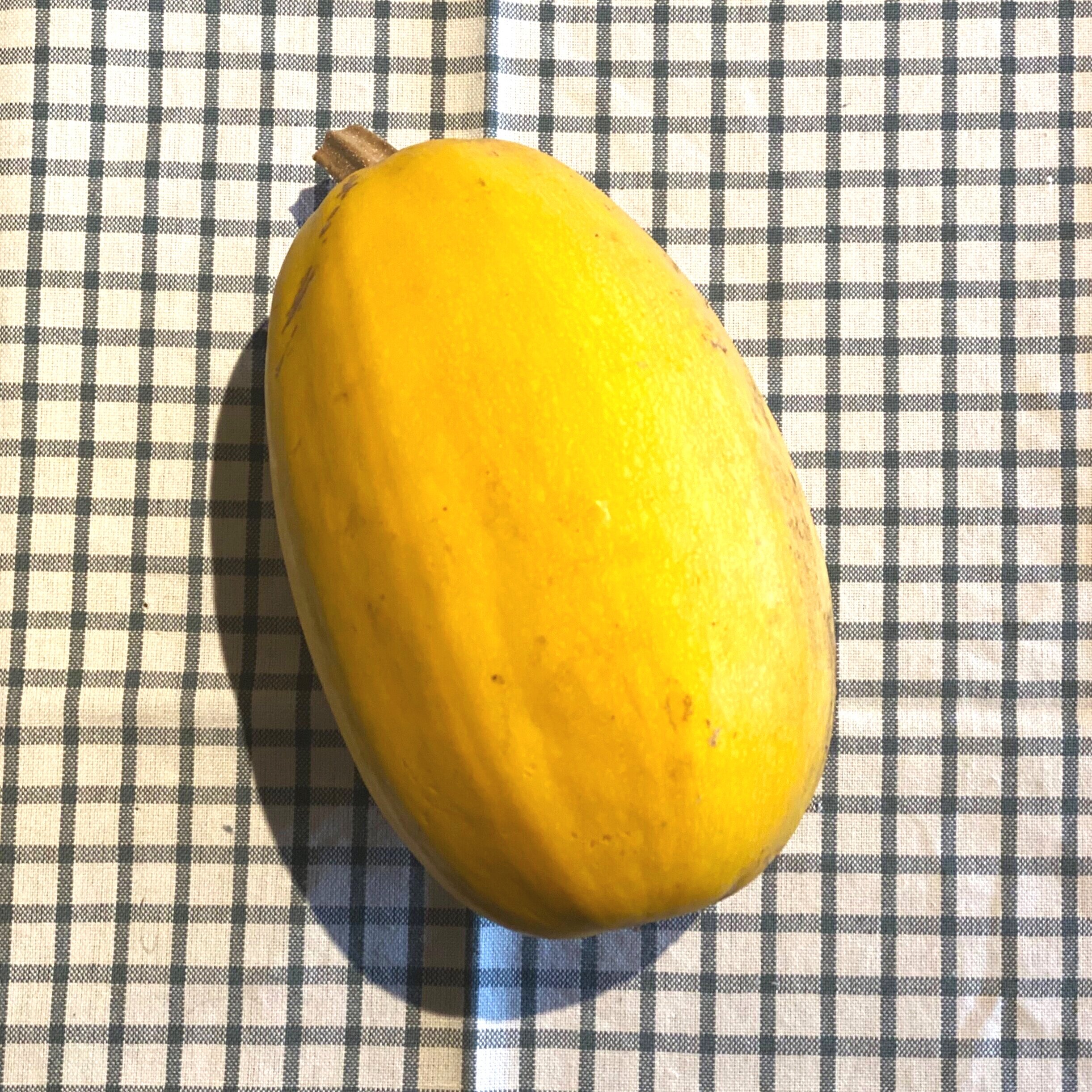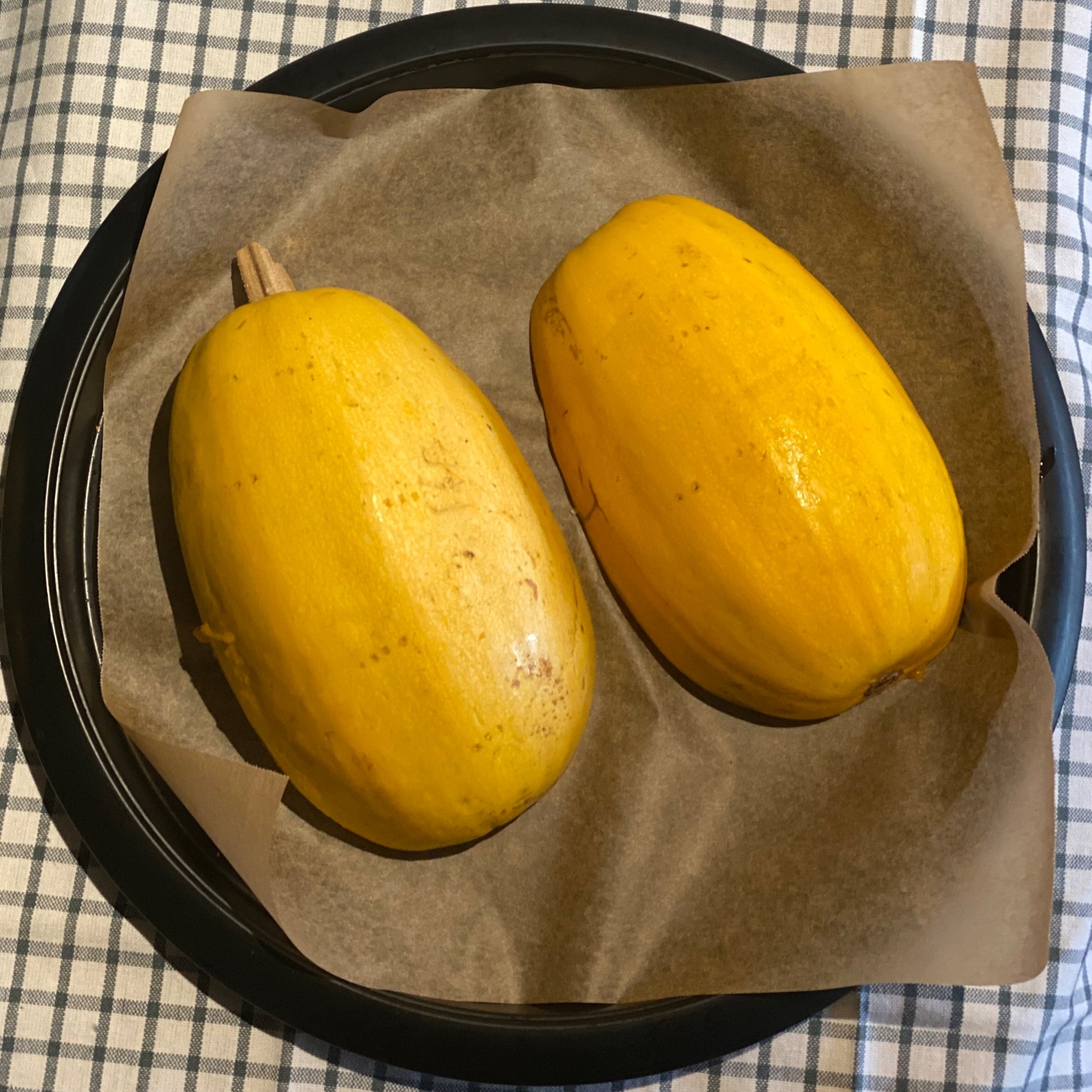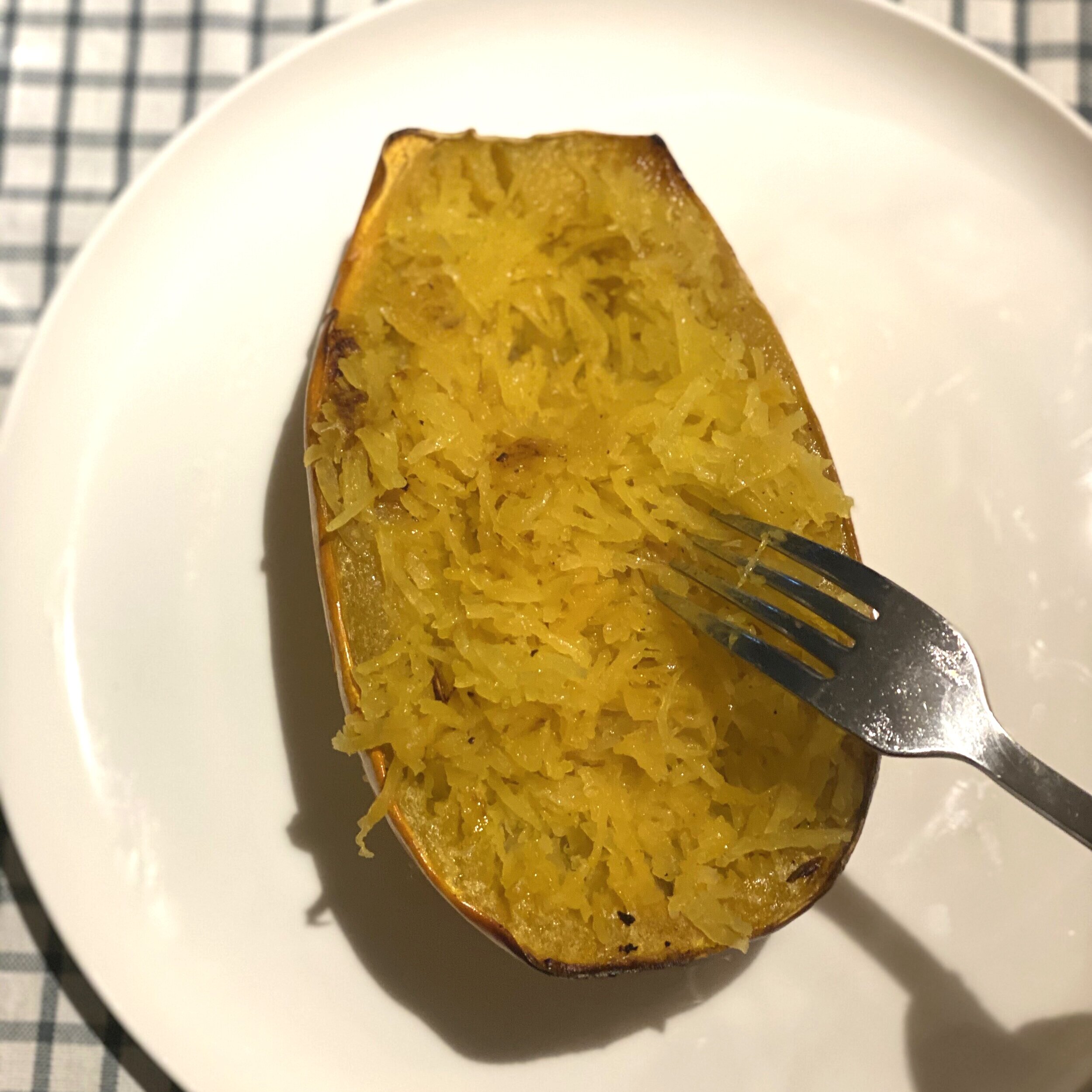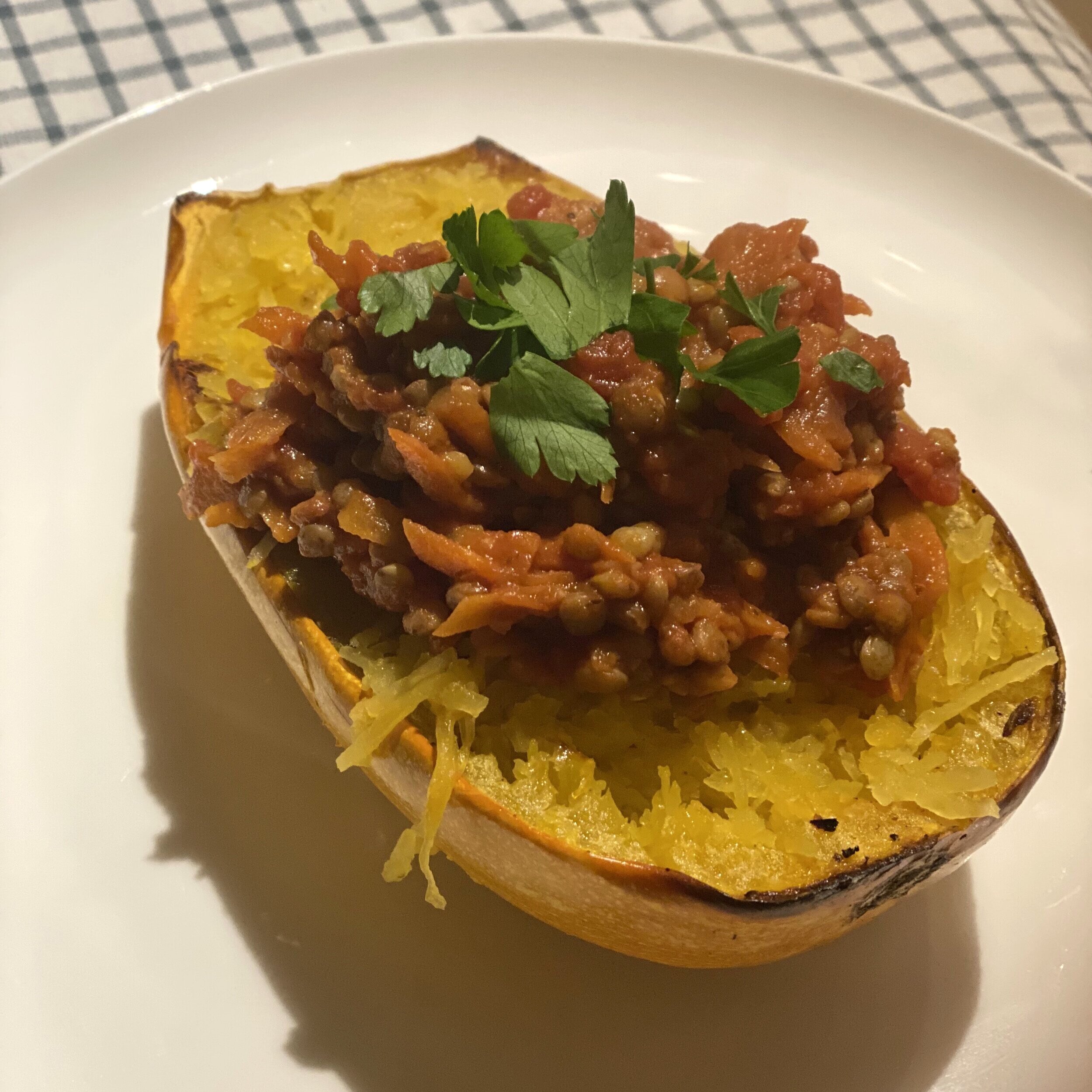How to Cook Spaghetti Squash
Last year I challenged myself to try a new vegetable every week. It was a fun way to motivate myself to eat more vegetables and to add variety to my diet.
Peas and carrots can get boring very quickly, especially when I try to practice what I preach as a naturopath and eat 5 handfuls of vegetables every day.
One of the new vegetables I tried during this challenge was spaghetti squash and it’s now a favourite in our home.
It’s easy to cook, adds an element of fun, brightens up any meal and tastes delicious!
What is Spaghetti Squash?
Spaghetti squash is a winter vegetable related to pumpkin, squash and zucchini. There are a few different varieties but what we see most commonly here at the famers markets in Adelaide is a bright yellow pumpkin looking fruit.
After a spaghetti squash is cooked and fluffed with a fork, the flesh becomes spaghetti like, hence the name.
Is Spaghetti Squash Good For You?
Spaghetti squash is packed with vitamins and minerals, high in fibre and low calories.
The nutrients include vitamin C, manganese, vitamin B6 and antioxidants. These are important for immune health, preventing cell damage, energy production and hormone health.
Fibre is vital for our gut health, as it feeds the cells of our colon as well as the beneficial gut bacteria that make up our microbiome. It also helps to bulk up our stools and keep our guts moving which is beneficial for constipation, diarrhoea and IBS. You can read more about why fibre is so important for health here.
Low calories means spaghetti squash can be beneficial in weight loss and used as an alternative to heavier carbohydrates like grains and pastas. It’s also gluten free which makes it a great option for those with food intolerances, allergies or sensitivities.
How Do You Cook Spaghetti Squash?
Pre heat oven to 200C. Line a baking tray with baking paper. Cut spaghetti squash in half. Scoop out seeds (keep aside so you can grow in your garden). Drizzle flesh of the squash with olive oil and sprinkle with salt and pepper.
Place the squash flesh side down onto prepare baking sheet. Poke holes in skin of spaghetti squash with a fork. Roast for 30 to 40 minutes or until lightly browned.
Flip the squash flesh side up and allow to cool.
Scrap out the flesh with a fork. As you scrap the fresh will turn into spaghetti like strands.
How Do You Save Spaghetti Squash Seeds?
Scoop out spaghetti squash seeds.
Add seeds to a jar of water, mix around and allow to sit for 2-3 days.
Scoop off the seeds and pulp floating on top - these won’t germinate
Collect the seeds sitting on the bottom of the jar, place on paper towel and allow to completely dry. This might take a few days on a windowsill.
Store in a envelope or glass jar and plant out in full sun in spring.
I’ve had success growing spaghetti squash in my small raised garden bed. I got my seeds from The Diggers Club and have saved seeds to try next spring.
Meatless Monday Spaghetti Squash Lentil Bolognese - Vegan & Gluten free.
Ingredients:
1 Spaghetti squash
1 Onion diced
1 Garlic clover diced
1 celery stalks diced
1 Cup lentils soaked over night and rinsed (or a tin of lentils for faster cooking)
1 Carrot grated
1 Tin tomatoes
1 Cup vegetable stock or water
1 Handful of baby spinach
Salt
Pepper
Olive oil
Method:
Pre heat oven to 200 C. Line a baking tray with baking paper.
Cut spaghetti squash in half. Scoop out seeds (keep aside so you can grow in your garden). Drizzle flesh of the squash with olive oil and sprinkle with salt and pepper. Place the squash flesh side down onto prepare baking sheet. Poke holes in skin of spaghetti squash with a fork. Roast for 30 to 40 minutes or until lightly browned.
Meanwhile make the lentil bolognese.
Heat olive oil in a fry pan over medium heat. Add onions and cook until start to go translucent. Add garlics and celery and cook until fragrant. About 2 mins. Add carrots and cook for 1 minute. Mix in lentils and cook for 1 minute. Add tomatoes and vegetable stock or water. Make sure lentils are covered. Bring to a boil and then reduce to simmer and allow lentils to cook until soft. about 20 minutes. Add baby spinach right at the end and allow to wilt down.
Once the spaghetti squash is done flip the squash flesh side up and allow to cool. Scrap out the flesh with a fork. As you scrap the fresh will turn into spaghetti like strands.
To serve you can either leave the spaghetti squash in the skin and add lentils to the top or use squash as an alternative to pasta by adding it to a bowl and top with lentil mix.
Enjoy.





